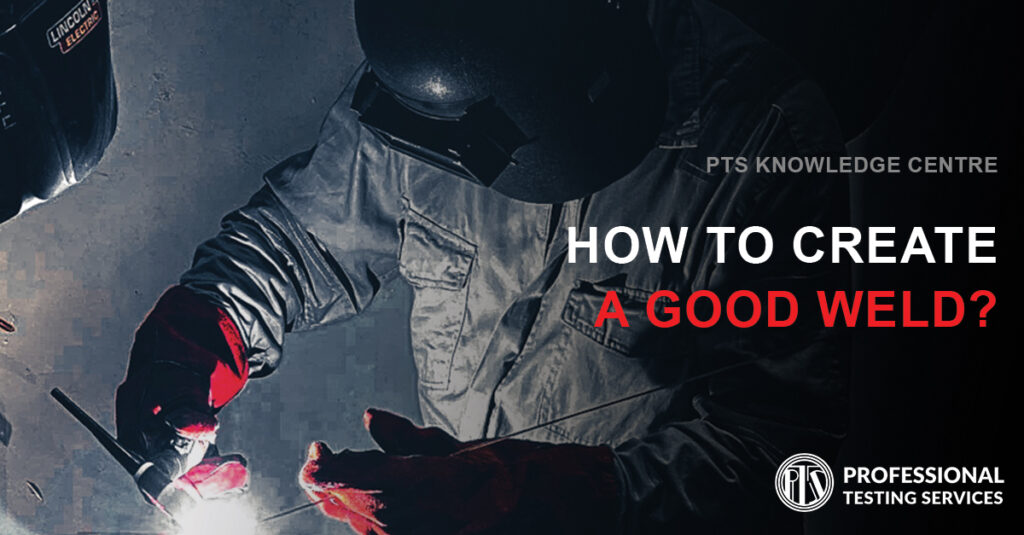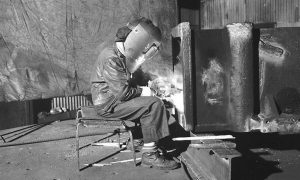
History of welding

In 1800, Sir Humphry Dave discovered using battery for the production of an arc between two carbon electrodes. Two years later, Vasily Petrov created the stable electric arc, which enabled metalworkers to melt metals. Edmund Davy discovered Acetylene in 1836, which led to the invention of the electric generator, gas welding and cutting, and more stable arc welding in the mid-19th century.
During World War I, welding started to be used in shipbuilding in Great Britain in place of riveted steel plates. The Americans also became more accepting of the new technology when the process allowed them to repair their ships quickly. Arc welding was first applied to aircraft during the war as well. Some German airplane were constructed using this process.
How To Create A Good Weld?
1) Distribution of heat
When the temperature difference is present, the heat will start to move out of the energized zone and heats around the metal. In the welding process, a welder has to use skills to control the heart. While welding, heat enters the puddle which is often controlled by welding speed through weaving or whipping.
A perfect weld indicated that the temperature of the weld material is distributed equally between the materials that were joined.
2) Waste
Slag is the by-product of welding processes. It is formed during welding from flux, which is a solid shielding material used in the welding process.
When the arc initializes and is stabilized, the filler metal of the electrode begins to liquefy and is deposited into the weld zone. Since the molten metal is fluid and has not cooled, it is much more prone to obtaining defects such as slag during the welding process and in the cooling period immediately afterward.
The perfect weld is free of waste materials such as slag, which can be removed easily with a chipping hammer after cooling down.
3) Porosity
A good weld surface should not have any porosity, which is a type of weld metal contamination in the form of a trapped gas. Porosity is caused by the absorption of nitrogen, oxygen and hydrogen in the molten weld pool, which originates from poor gas shielding
As little as 1% air entrainment in the shielding gas, it will cause distributed porosity and greater than 1.5% results in gross surface-breaking pores.
4) Strength
Most welds need to demonstrate the required strength. One way to ensure proper strength is to start with a filler metal such as alloyed materials.
Alloyed materials with specific melting and flow properties can produce a joint that meets service requirement such as the corrosion resistance and mechanical strength on the weld. They are used until they becomes part of the created weld.
PTS can inspect your welding test coupon for you
In PTS, our certified welding inspectors provide visual inspection and mechanical test such as bend test and hardness test to check for any surface breaks in your welding test coupon. For porosity testing, our metallurgy specialists will carry out microscopy testing on your coupon to detect if there is any presence of corrosion, misalignment of parts, and cracks.
Partnering with PTS can ensure that your product can meet the requirements of specific standards in your industry. Contact us today to know more on our welding inspection service.









